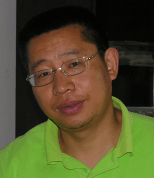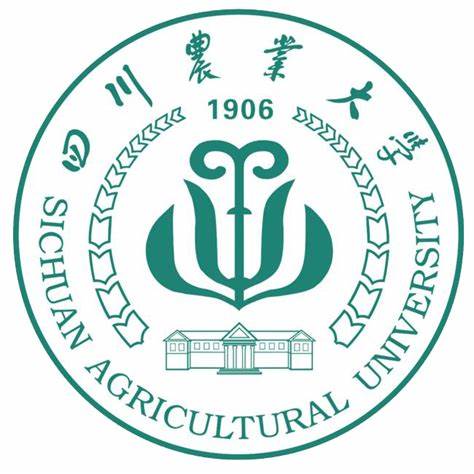English
Deng-Cai Liu
作者: 审稿人: 时间: 2014-12-28 点击次数:次

|
name:Deng-Cai Liu | |
| education:PhD | professional title:Professor | |
| duty:Dean | telephone:86-28-82650312 | |
| email: dcliu7@yahoo.com | fax:86-28-82650350 |
Resume:
Professor Deng-Cai Liu received his bachelor, master and doctor degree of agronomy from Sichuan Agricultural University in 1992, 1995, and 1998. From Oct. 2002 to Sep. 2003, he was a visiting scholor of South Dakota State University in USA. Since 1995, he has been working in wheat genetics, breeding, and germplasm in Triticeae Research Institute of Sichuan Agricultural University. He obtained awards, including Second-class Prize of Natural Science Award by the central people's government of the People's Republic of China in 2000, and First-class Prize of Sci-tech Advance Award by the People's Government of Sichuan province of China in 1999 and 2006. More than 200 papers have been published. Nine new common wheat cultivars have been released and used in the wheat production.
Research Interests:
Recent book chapters:
1. Allopolyploidy and interspecific hybridization for wheat improvement. In: Annaliese S. Mason ed. Polyploidy and Hybridization for Crop Improvement. CRC Press, p27-52, 2016.
2. Distant Hybridization: A tool for interspecific manipulation of chromosomes. In Alien Gene Transfer in Crop Plants, Volume 1 (pp. 25-42). Springer New York, 2014.
Recently selected papers:
1. Recurrent selection for wider seedling leaves increases earlybiomass and leaf area in wheat (Triticum aestivum L.). Journal of Experimental Botany, 2015, 66:1215–1226.
2. Making the bread: insights from newly synthesized allohexaploid Wheat. Molecular Plant, 2015, 8:847-859.
3. Overexpression of a NAC transcription factor delays leaf senescence and increases grain nitrogen concentration in wheat. Plant Biology, 2015, 17:904-913.
4. Genome-wide characterization of developmental stage-and tissue-specific transcription factors in wheat. BMC Genomics, 2015, 16(1), 125.
5. Quantitative trait locus mapping for growth duration and its timing components in wheat. Molecular Breeding, 2015, 35:44.
6. Divergence in homoeolog expression of the grain length-associated gene GASR7 during wheat allohexaploidization. The Crop Journal, 2015, 3(1): 1-9.
7. mRNA and small RNA transcriptomes reveal insights into dynamic homoeolog regulation of allopolyploid heterosis in nascent hexaploid wheat. Plant Cell (2014) 26: 1878–1900.
8. QTug. sau-3B Is a Major Quantitative Trait Locus for Wheat Hexaploidization. G3: Genes|Genomes|Genetics 2014 4(10): 1943-1953.
9. The detection of a de novo allele of the Glu‑1Dx gene in wheat-rye hybrid offspring. Theor Appl Genet (2014) 127:2173–2182.
10. Population structure and linkage disequilibrium in six-rowed barley landraces from the Qinghai-Tibetan Plateau. Crop Sci. (2014) 54:2011–2022.
11. Amphitelic orientation of centromeres at metaphase I is an important feature for univalent-dependent meiotic nonreduction. Journal of Genetics (2014) 93(2):531-534.
12. Production of hexaploid triticale by a synthetic hexaploid wheat-rye hybrid method. Euphytica, 193:347-357, 2013.
13. Stripe rust resistance in Aegilops tauschii germplasm. Crop Science, 53:2014-2020, 2013.
14. In situ hybridization analysis indicates that 4AL-5AL-7BS translocation preceded subspecies differentiation of Triticum turgidum L. Genome, 56:303-305, 2013.
15. Microsatellite mutation rate during allohexaploidization of newly resynthesized wheat. International Journal of Molecular Sciences, 13:12533-12543, 2012.
16. Genetic map of Triticum turgidum based on a hexaploid wheat population without genetic recombination for D genome. BMC Genetics, 13:69, 2012.


